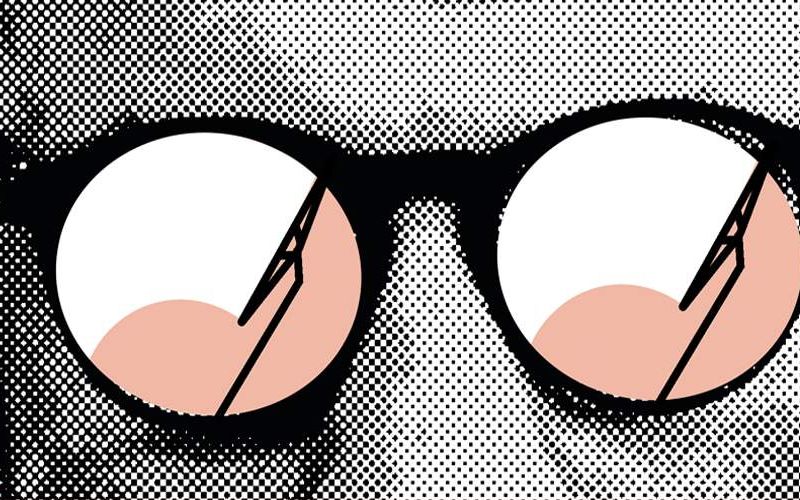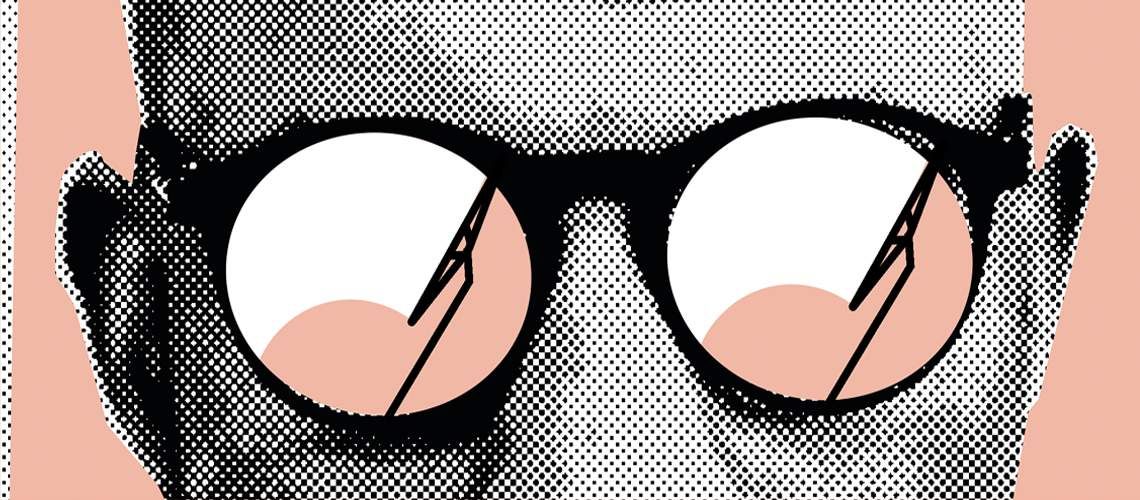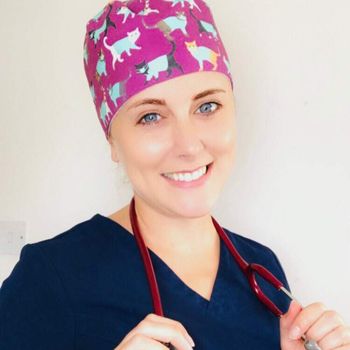

Microscope Slide Preparation: Quality Over Quantity in Veterinary Medicine
Cytology is a quick, simple-to-perform method to achieve useful diagnostic information about disease processes in veterinary patients. When sending cytology samples for microscopy to your reference lab, high-quality slide preparation is key. It's better to send fewer higher-quality representative slides than lots of low-quality slides, in order to obtain the most information possible about the sample and avoid any negative consequences.
Here's how to prepare high-quality slides and why it's so important.
Take the IDEXX Learning Center course: Best Practices for Submitting Pathology Slides
Providing High-Quality Slides
To achieve reliable diagnostic results, it's important to apply good sample collection techniques. Here are some key tips to keep in mind:
- Prepare slides immediately after sampling.
- Disperse the cells in a monolayer while causing minimal disruption. Wedge or push preparations are suitable for peripheral blood, nonviscous fluid aspirates, and the sediment of body cavity fluids, prostatic washings, and urine. Squash preparations may be preferred for viscous fluid, such as synovial fluid, bronchoalveolar lavage/tracheal washes, and bone marrow aspirates.
- In order to maintain cellular morphology, rapidly drying the slide is important. You can use a hairdryer on the cool setting with air directed onto the back of the microscope slide from a distance of at least 15 cm to facilitate this.
- Ensure samples undergo proper fixation, staining, and handling. It's a good idea to stain at least one representative slide to check for adequate cell density and preservation.
- Store slides at room temperature and take care to avoid temperature extremes. Don't store in the refrigerator, and protect samples from moisture.
- Formalin fumes can severely affect the staining of slides, so don't post cytology samples in the same bag as a formalin-containing biopsy container, and avoid exposing the slides to fumes during preparation.
- Ensure quality control by reviewing slides for accuracy and consistency. Training and ongoing education for members of your team are essential to maintain high standards of slide preparation and interpretation.
- When submitting your slides to the lab, provide a thorough clinical history with clear detailed descriptions of the size and appearance of any masses—this contributes to achieving a meaningful cytological interpretation.
Consequences of Submitting Nondiagnostic Slides
These steps can seem quite basic, but if not performed correctly can have a range of consequences which can impact not only your patients, but also your clients and veterinary practice.
Misdiagnosis
One of the biggest risks of poorly prepared slides is misdiagnosis. If the slides are prepared incorrectly, they may not provide an accurate representation of the tissue or cells being examined. This could lead to misdiagnosis, or failure to identify the underlying disease processes or conditions for your patients, which could have serious health repercussions.
Incorrect and Delayed Treatment
When slides are prepared incorrectly, veterinarians may need to repeat the process, causing delays in diagnosis and treatment. Treatment delays can allow diseases to progress, leading to more severe health issues. Inaccurate slides may also lead to inappropriate treatment options being selected.
Additional Time and Costs
Nondiagnostic slides can be costly—both in money and time. Re-preparing and/or re-examining slides may require additional resources like stains, laboratory reagents, as well as team member time, which could result in financial burdens for both pet owners and practices.
Stress to patients
Repeated practice visits and re-sampling can be stressful for pets, especially if the area of concern is painful or sore. Nondiagnostic slides may require additional sample collection, causing discomfort and anxiety for the animal.
The importance of good slide preparation cannot be overstated. Poorly prepared slides can lead to misdiagnosis, incorrect and delayed treatment, additional costs, and animal stress. To ensure the best possible outcomes for animals, veterinary professionals must prioritize slide quality over quantity when it comes to slide preparation. By following standardized protocols and implementing quality control measures, veterinarians can ensure reliable diagnostic results and provide the best possible care for their patients.

